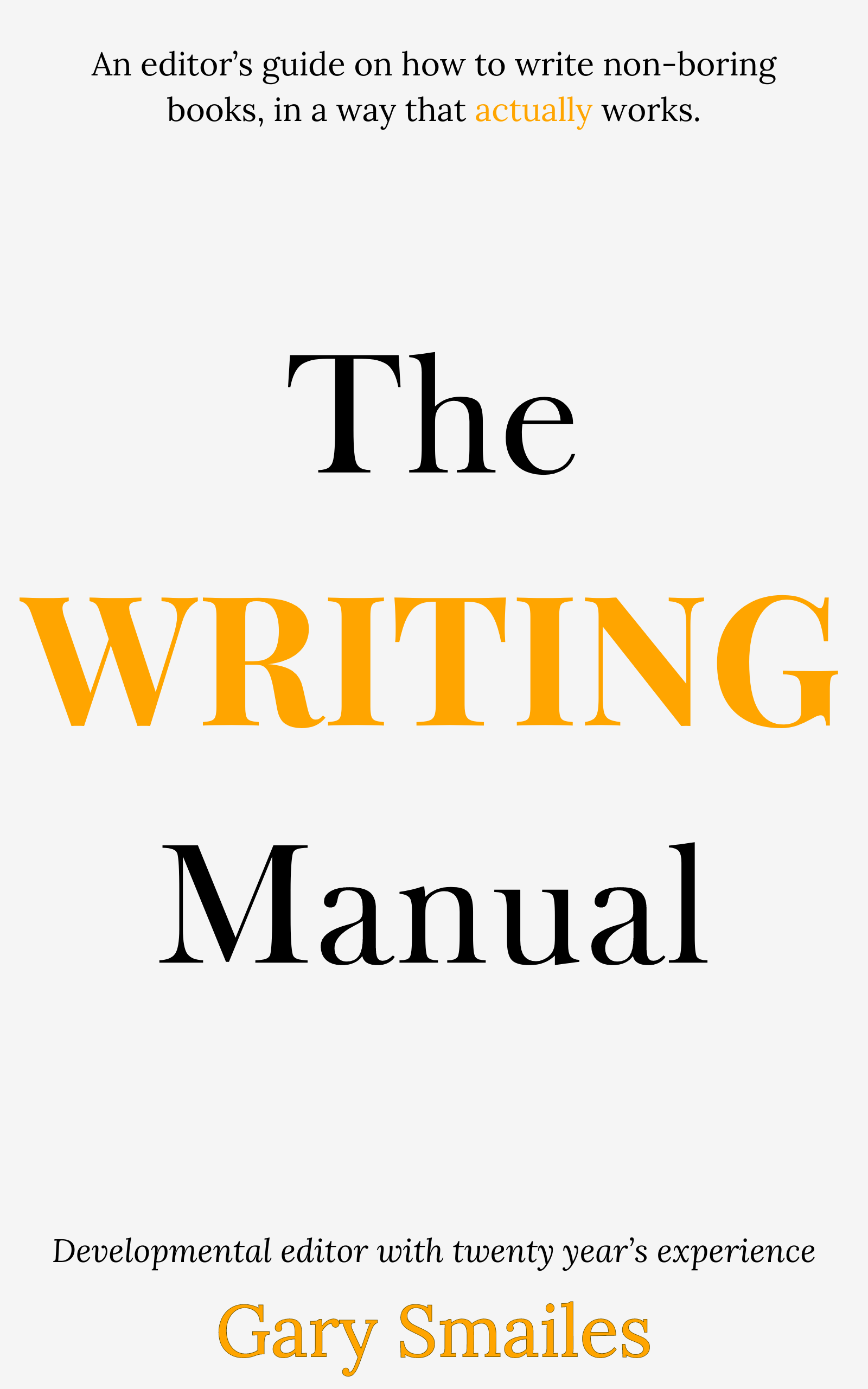



Did you know that even bestselling authors rely heavily on editors to polish their manuscripts? In this comprehensive guide, we’ll demystify the book editing process and show you why it’s crucial for your book’s success. Book editing is a vital part of the publishing journey, ensuring that your manuscript is not only free of errors but also engaging, coherent, and ready to captivate readers. In this post, we'll explore the different stages of editing, the tools and resources available, and common challenges authors face.
Table of Contents
Book editing is a crucial step in the journey of transforming a manuscript into a polished and professional book. It goes beyond mere proofreading; it involves enhancing the narrative, ensuring coherence, and refining the author’s voice. Editing helps to bridge the gap between the author’s vision and the reader’s experience.
One key reason for editing is to improve readability. A well-edited book flows smoothly, keeping readers engaged from start to finish. It eliminates distractions caused by grammatical errors, awkward phrasing, or inconsistencies in the plot. This makes the story more immersive and enjoyable.
Editing also plays a significant role in maintaining the quality and standards expected in the publishing industry. According to a survey, 85% of professionally edited books perform better in the market. This highlights the impact of good editing on a book’s success and reception.
Moreover, editors help authors achieve their vision by providing constructive feedback and suggesting improvements. They act as a fresh pair of eyes, identifying areas that may need clarification or expansion. This collaborative process ensures that the final product aligns with the author’s intent while meeting the expectations of its audience.
Developmental editing focuses on the big picture elements of your manuscript. This type of editing is all about enhancing the overall structure, content, and narrative flow. Developmental editors provide feedback on aspects such as plot development, character arcs, pacing, and thematic consistency. They help shape and mold the story to ensure it aligns with the author's vision while also engaging the reader effectively.
Line editing zeroes in on the finer details of your writing style and language. It deals with the way sentences and paragraphs are constructed, aiming to improve clarity, tone, and overall readability. Line editors scrutinize sentence structure, word choice, and the flow of dialogue. Their goal is to refine the prose so that it reads smoothly and vividly conveys the intended emotions and imagery.
Copy editing is primarily concerned with correcting grammatical, punctuation, and spelling errors. It ensures that your manuscript adheres to standard rules of language and maintains consistency in style and formatting. A copy editor will also check for factual accuracy and continuity errors. This stage is crucial for eliminating distractions that could jar the reader out of the story.
Proofreading is the final stage of the editing process. It involves a meticulous review of the manuscript to catch any remaining errors or typos that may have been missed in previous edits. Proofreaders focus on surface-level issues like typographical errors, minor grammatical mistakes, and formatting inconsistencies. This step ensures that the manuscript is polished and ready for publication.
To learn more about different types of book editing, read this in-depth article.
The first step in the book editing process is the initial manuscript evaluation. During this stage, an editor assesses the overall condition of the manuscript. This includes identifying major strengths and weaknesses, as well as any structural or thematic issues that need to be addressed. Editors provide an initial overview of what needs to be worked on, helping authors understand the scope of the editing process ahead.
The editing process typically follows a structured workflow, progressing through various stages from developmental editing to proofreading. Here’s a general outline of the workflow:
This iterative process often involves multiple rounds of edits and revisions. Editors and authors work closely together, exchanging feedback and making necessary adjustments until the manuscript reaches its final form. Below is a visual representation of the typical editing workflow:
``The final step before publication is the review and approval process. After all editing stages are complete, the manuscript undergoes a thorough final review to ensure that no issues remain. Authors have the opportunity to approve the final version and make any last-minute tweaks. This step is essential in ensuring that the manuscript is polished and ready to be shared with the world.
Editing a book is a complex task that can be greatly facilitated by various tools and resources. Whether you are an author looking to self-edit or a professional editor, these tools can help streamline the editing process and enhance the quality of the final manuscript.
Joining online communities can provide valuable support and feedback during the editing process. Here are some popular options:
Editing a book is a multifaceted process that can present several challenges. Recognizing these common issues can help authors and editors navigate them more effectively and produce a polished final manuscript.
One of the most delicate aspects of editing is maintaining the author's unique voice while making necessary improvements. Editors must strike a balance between refining the manuscript and preserving the author's style and intent. Clear communication and collaboration between the author and editor are crucial in achieving this balance.
Identifying and resolving structural problems in a manuscript can be challenging. This involves evaluating the plot, pacing, and character development to ensure the story flows logically and engagingly. Structural edits often require significant revisions, which can be daunting for authors. Breaking down the process into manageable steps can make it more approachable.
Receiving feedback, especially critical feedback, can be tough for authors. It's important to remember that constructive criticism is aimed at improving the manuscript, not diminishing the author's efforts. Developing a thick skin and viewing feedback as an opportunity for growth can help authors handle criticism more constructively.
Editing a book is a time-consuming process, and managing time effectively is crucial. Authors and editors often work under tight deadlines, which can add pressure to the editing process. Creating a realistic timeline and setting achievable milestones can help keep the project on track.
Ensuring consistency throughout the manuscript is essential for a polished final product. This includes consistency in character names, settings, timelines, and writing style. Keeping detailed notes and using style guides can help maintain consistency and avoid discrepancies.
The process of editing a book typically involves several stages, including developmental editing, line editing, copy editing, and proofreading. Each stage focuses on different aspects of the manuscript, from overall structure and content to grammar and final polish.
A book editor works to improve various elements of a manuscript, including its structure, content, and language. They provide feedback on plot, character development, pacing, and style, and correct grammatical and typographical errors. The goal is to enhance the readability and overall quality of the book.
The five steps of the editing process typically include:
The cost of editing a 150-page book can vary widely depending on the type of editing required and the editor's rates. On average, developmental editing might cost between $1,000 and $3,000, line editing could be $750 to $1,500, and copy editing may range from $500 to $1,200. Proofreading generally costs less, around $250 to $600.
Editing is an indispensable part of the book creation process, transforming a draft into a polished and compelling manuscript. From developmental editing to proofreading, each stage plays a critical role in refining the story, enhancing its readability, and ensuring it is free from errors. Understanding the different types of editing, the workflow involved, and the tools available can make the process more manageable and effective.
Whether you're an aspiring author or a seasoned writer, working with professional editors and utilizing the right resources can significantly elevate the quality of your book. Embrace the editing process as a collaborative effort to bring your vision to life and create a memorable reading experience for your audience.
For more tips and advice on writing and editing, be sure to explore our other blog posts and resources. Happy writing!

Claim your free eBook today and join over 25,000 writers who have read and benefited from this ebook.
'It is probably one of the best books on writing I've read so far.' Miz Bent